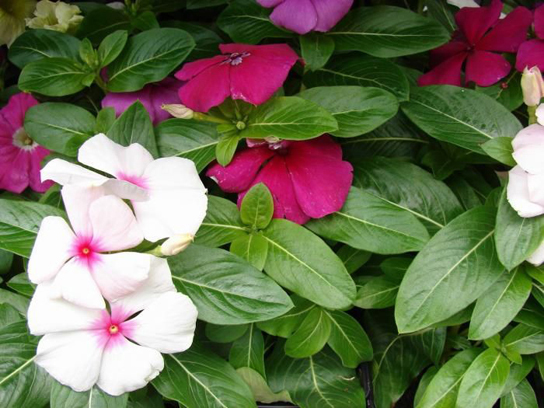| << Chapter < Page | Chapter >> Page > |
It may not be clear why biologists are concerned about biodiversity loss. When biodiversity loss is thought of as the extinction of the passenger pigeon, the dodo bird, and even the woolly mammoth, the loss may appear to be an emotional one. But is the loss practically important for the welfare of the human species? From the perspective of evolution and ecology, the loss of a particular individual species is unimportant (however, the loss of a keystone species can lead to ecological disaster). Extinction is a normal part of macroevolution. But the accelerated extinction rate means the loss of tens of thousands of species within our lifetimes, and it is likely to have dramatic effects on human welfare through the collapse of ecosystems and in added costs to maintain food production, clean air and water, and human health.
Agriculture began after early hunter-gatherer societies first settled in one place and heavily modified their immediate environment. This cultural transition has made it difficult for humans to recognize their dependence on undomesticated living things on the planet. Biologists recognize the human species is embedded in ecosystems and is dependent on them, just as every other species on the planet is dependent. Technology smoothes out the extremes of existence, but ultimately the human species cannot exist without its ecosystem.
Contemporary societies that live close to the land often have a broad knowledge of the medicinal uses of plants growing in their area. Most plants produce secondary plant compounds , which are toxins used to protect the plant from insects and other animals that eat them, but some of which also work as medication. For centuries in Europe, older knowledge about the medical uses of plants was compiled in herbals—books that identified plants and their uses. Humans are not the only species to use plants for medicinal reasons: the great apes, orangutans, chimpanzees, bonobos, and gorillas have all been observed self-medicating with plants.
Modern pharmaceutical science also recognizes the importance of these plant compounds. Examples of significant medicines derived from plant compounds include aspirin, codeine, digoxin, atropine, and vincristine ( [link] ). Many medicines were once derived from plant extracts but are now synthesized. It is estimated that, at one time, 25 percent of modern drugs contained at least one plant extract. That number has probably decreased to about 10 percent as natural plant ingredients are replaced by synthetic versions. Antibiotics, which are responsible for extraordinary improvements in health and lifespans in developed countries, are compounds largely derived from fungi and bacteria.


Notification Switch
Would you like to follow the 'Biology' conversation and receive update notifications?